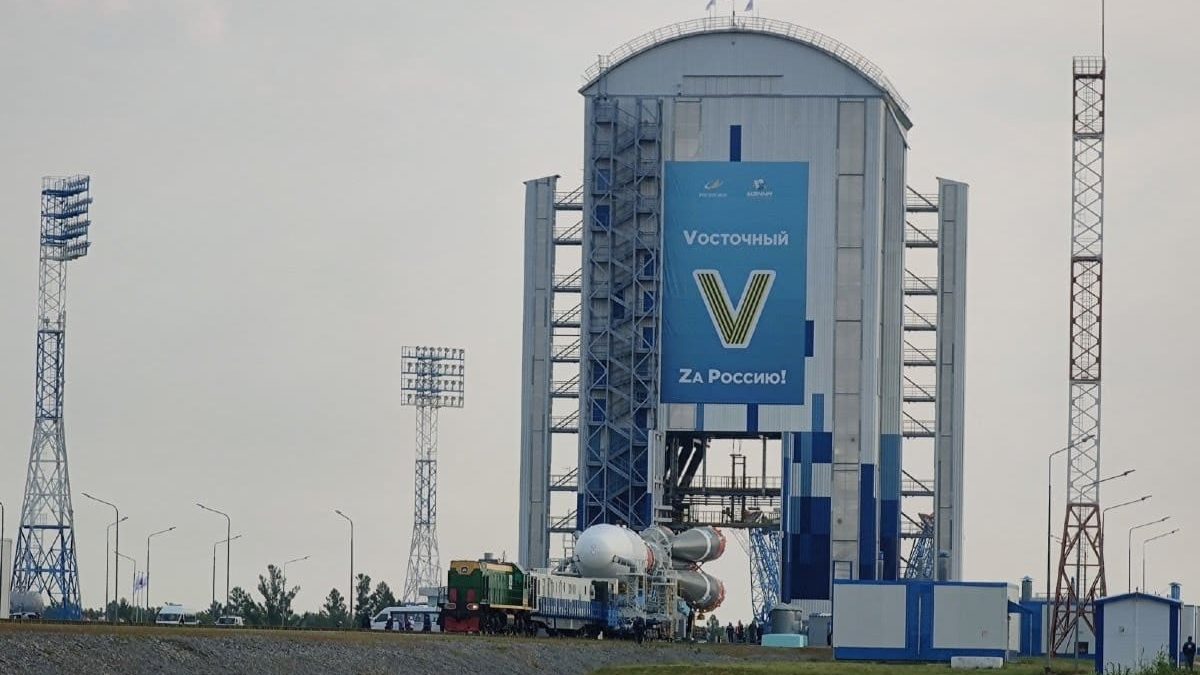On August 11th, Luna-25, Russia’s first lunar mission in the previous 47 years, was launched by a Soyuz 2.1v rocket. This lunar mission’s main objective is to conduct a soft landing at the Moon’s South Pole. Russia aims to do this in order to be the first country to set foot on the lunar south pole. But it’s not the only nation hoping to pull it off this month. On July 14, India’s Chandrayaan-3 lunar mission was launched by ISRO. Chandrayaan-3 is anticipated to land softly on the South Pole on August 23 or 24.
The goals of Chandrayaan-3 and Luna-25 are identical. Despite being launched nearly a month apart, both missions are planned to land gently on the moon one after the other. The lander is anticipated to land on the moon on August 21, according to Russia’s space agency Roscosmos, as stated by Reuters. Previously, the space agency predicted that the landing would occur on August 23. On the other side, Chandrayaan-3 is planned to touch down on the lunar surface around August 23.
After nearly 50 years, Russia’s Luna-25 mission marks the nation’s return to the moon. It was launched by a Soyuz 2.1v rocket on August 11, 2023, from the nation’s Vostochny spaceport. Within four years of India’s previous lunar mission, Chandrayaan-2, ISRO launched Chandrayaan-3. India used the LVM-3 rocket to launch its moon mission from the Satish Dhawan Space Centre in Sriharikota.
The lifespan of India’s Chandrayaan-3 will be 14 Earth days or 1 moon day, but Luna-25 would have a far longer lifespan of almost one year. The Chandrayaan-3 primarily consists of a lander module (LM), a rover, and a propulsion model (PM). Specialised equipment created for gentle lunar landings is part of Luna-25.
There won’t be any risk of an accident because the landing sites for the two flights will be different.


